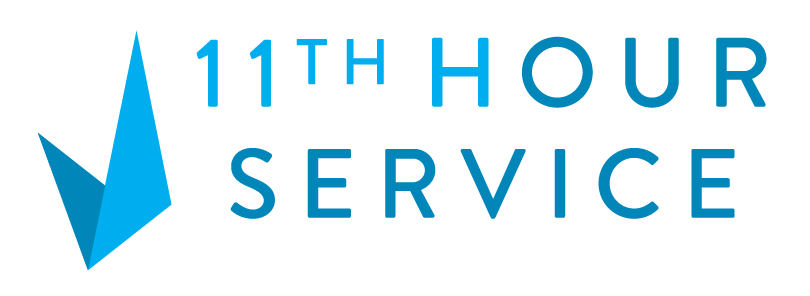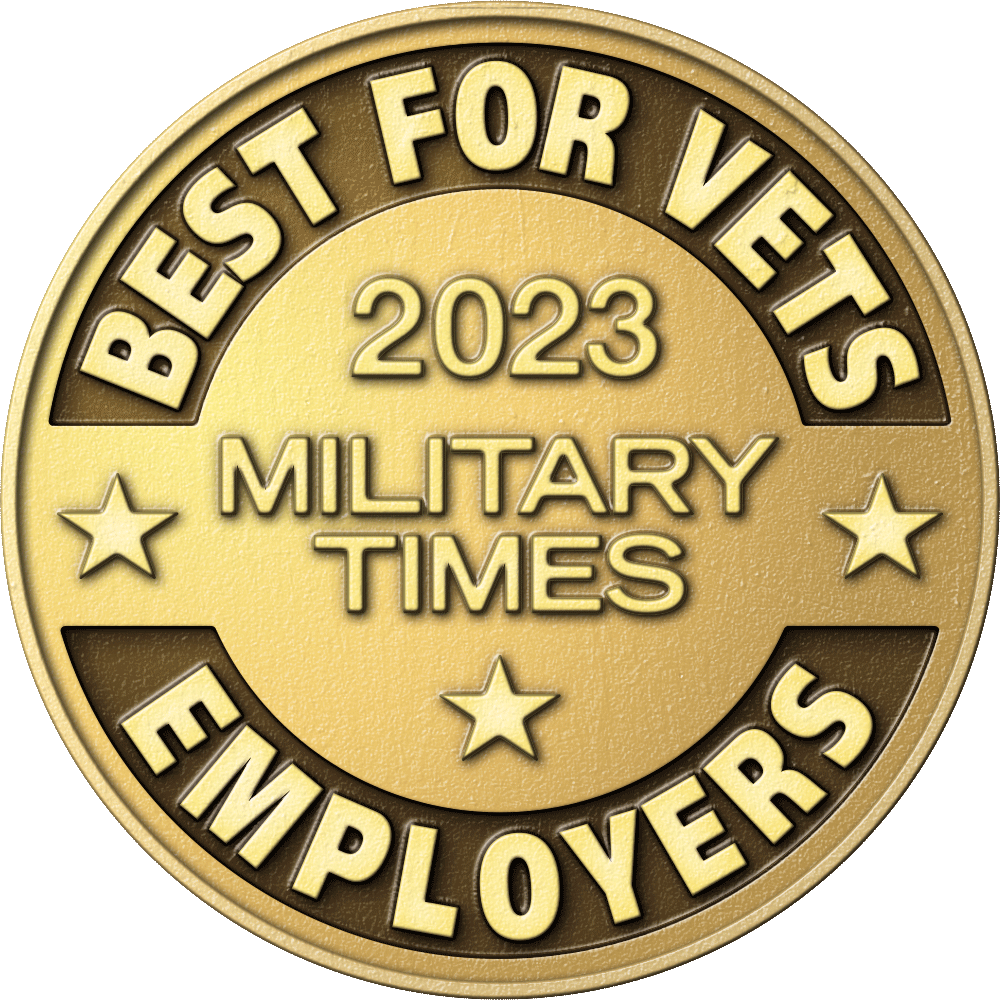
11th Hour Service’s financial management and reporting offering includes services that focus specifically on enhancing the Chief Financial Officer community within our clients. This includes, but is not limited to:
- Audit Readiness and Sustainment;
- Internal Controls;
- Corrective Action Planning;
- Accounting Operations Support;
- Financial Reporting;
- Budget Formulation and Execution;
- Grants and Cooperative Agreement Management;
- Financial Management Policy Development and Monitoring
Our approach is simple, even if our solutions at times need to be more complex. We do not provide “out of the box” or “canned” financial management services. 11th Hour Service provides customized solutions based on both our clients’ needs, as well as their desires. That is because we do not want to offer purely the minimum, or where they need to be – we offer solutions to get our clients to their ideal state, or where they want to be.
Whether it be establishing an internal control program, remediating audit findings, or preparing agency financial reports, we tailor our approach to meet our clients needs and budget parameters.
.


